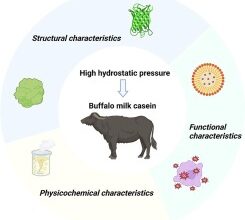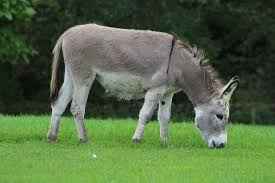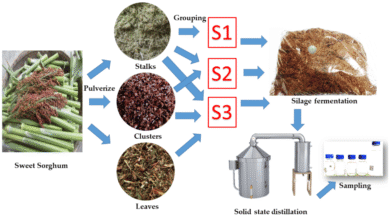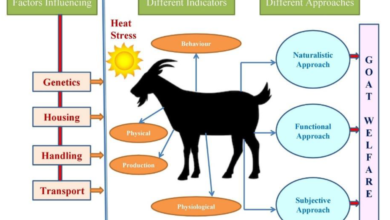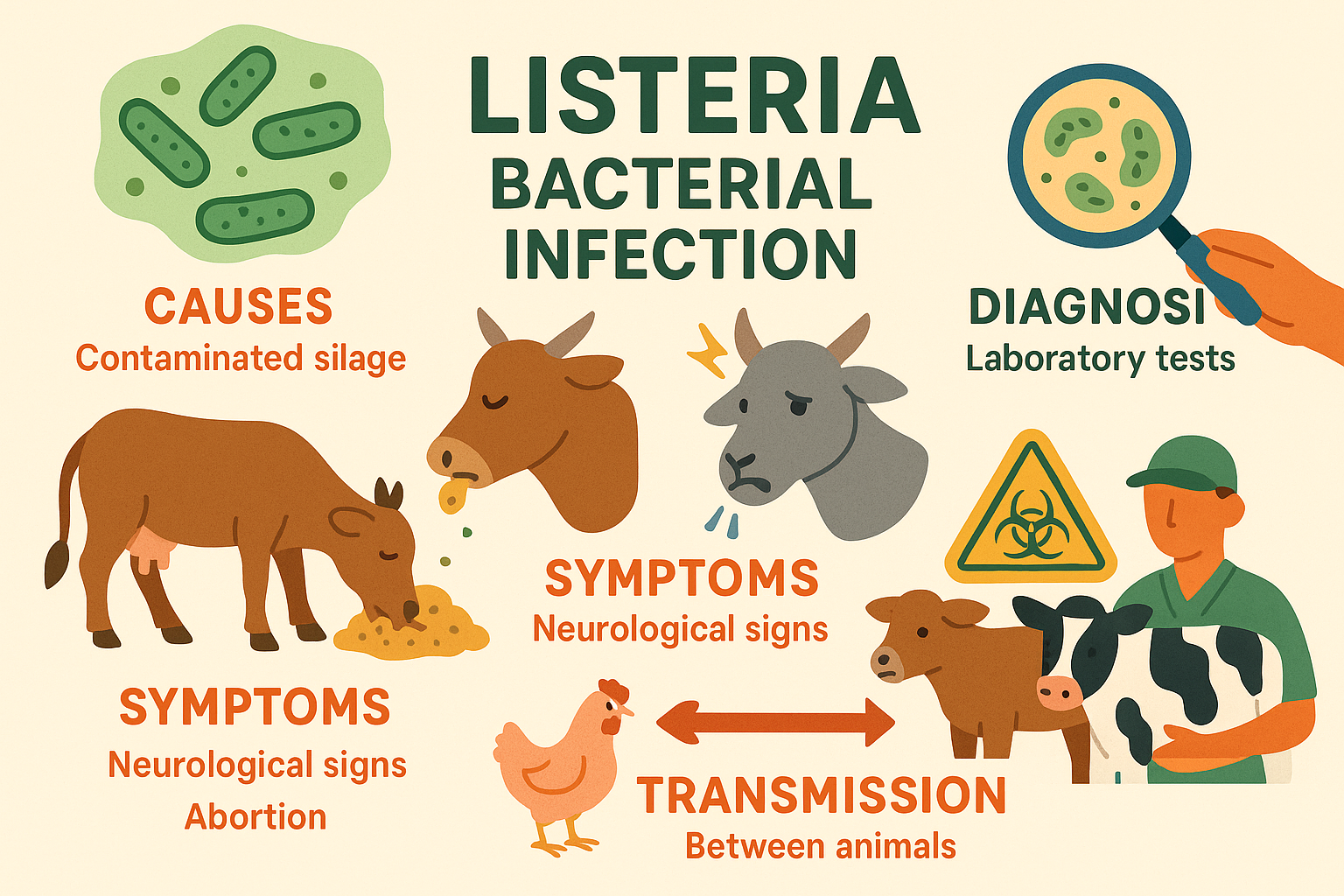
Vaccination and deworming of foals
Foals are especially susceptible to many infectious
diseases. During their first weeks or months of life they
encounter infectious agents such as Rhodococcus equi, rota
virus and E. coli which are rare or less threatening among
adult mature horses.
Therefore, protection of the foal
against specific infectious diseases that it is likely to
encounter during the first few months of life, as its own
immune system matures, relies heavily on postnatal
absorption of specific antibodies and perhaps other factors
that the dam has concentrated in colostrum during late
gestation (Wilson et al., 2014).
In general, vaccination of
foals under six months of age is not recommended because
maternal antibodies have been shown to exert a profound
inhibitory effect on the immune response of foals to
antigens, including those contained in vaccines. Foals less
than six months of age consistently failed to mount
serologic responses to inactivated influenza vaccines
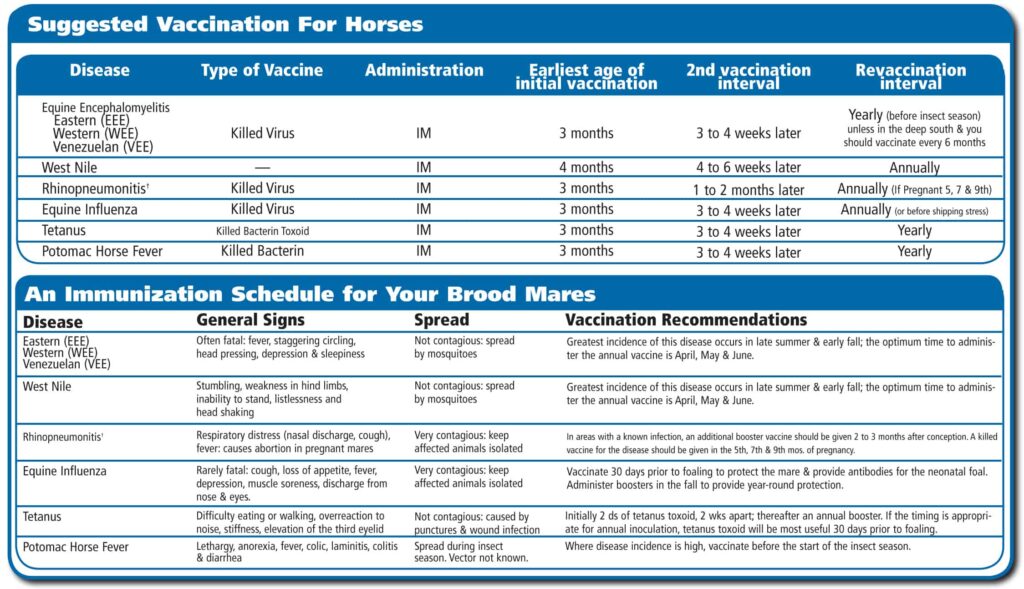
Vaccinations shedule:
- Spring Vaccinations That Every Horse Should Receive:
- Rabies:
- Rabies is a constant threat to horses and their owners in Campbell County and the surrounding area. The frequency of the disease is low but the consequence of infection for horses and humans is death.
- The financial cost of treating people who have been exposed to a positive horse is between $10,000 and $20,000 per person.
- Do not leave this vaccine out of your program.
- Spring Vaccinations That Every Horse Should Receive:
- Rabies:
- Rabies is a constant threat to horses and their owners in Campbell County and the surrounding area. The frequency of the disease is low but the consequence of infection for horses and humans is death.
- The financial cost of treating people who have been exposed to a positive horse is between $10,000 and $20,000 per person.
- Do not leave this vaccine out of your program.

- Rhino-Flu:
- Rhino-flu is a combination vaccine against the Equine Herpes Virus (EHV) and influenza.
- EHV is capable of causing respiratory disease, abortions and neurological disease.
- Vaccination is effective against the respiratory and abortion forms of the disease, but rarely effective against the neurogenic form.
- Rhino-flu vaccinations should be boosted according to the following guidelines:
- Ranch/pleasure horses: one to two shots annually
- Roping/Rodeo horses: two shots annually (Spring and Fall)
- Young Futurity and Show horses: four shots annually.
- Tetanus Rhinopneumonitis:
- We also stock a 6-way product that contains Eastern & Western Sleeping Sickness, Tetanus, Rhinopneumonitis.
- Equine Influenza and West Nile Virus antigens and is ideal for regularly vaccinated horses.
- Deworming shedule:
- should be performed on every horse 2–6 times yearly depending upon your operation’s level of confinement.
- We highly recommend Equimax (for tapeworms) at least once yearly. Eqvalan and Quest are very effective but should be alternated with products such as Strongid Paste or Panacur.
- In a low exposure situation (i.e. a ranch), less frequently. Mares and foals should both be dewormed with a Strongid Paste at ten days of age.
- For Foals:
- Foal deworming schedules typically start around 2 months of age and continue until they reach one year old with treatments every 2-3 months.
- A common schedule involves alternating dewormers targeting different types of worms at various stages of development.
- Fecal egg counts (FECs) are recommended at certain points to assess the effectiveness of treatments and adjust the schedule accordingly
- For Pregnant Mares:
- Why Vaccinate Late in Pregnancy?
- Vaccinating the mare 4–6 weeks before foaling ensures:
- Peak antibody levels in the colostrum.
- Passive immunity is transferred to the foal, protecting it during the vulnerable first months of life.

